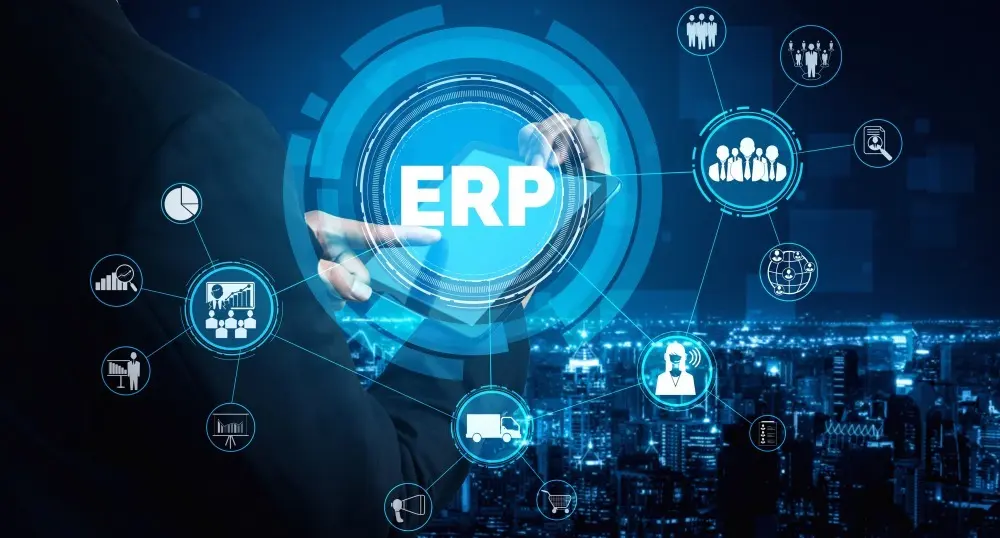
The Rise of Cloud Management Platforms
The adoption of cloud computing has dramatically transformed how organizations manage their IT resources. As businesses increasingly rely on multiple cloud services—from Infrastructure as a Service (IaaS) to Software as a Service (SaaS)—the necessity for robust Cloud Management Platforms (CMPs) has surged. These platforms serve as centralized solutions that streamline the management of cloud operations, enabling organizations to optimize their resource allocation, monitor usage, and maintain compliance across various cloud environments. According to recent industry reports, the CMP market is projected to grow at a compound annual growth rate (CAGR) of over 25% through 2028, reflecting the escalating demand for efficiency and governance in cloud management.
Key Features of Modern CMPs
Modern CMPs come equipped with a range of features designed to enhance efficiency and control. Key functionalities include automated provisioning and de-provisioning of resources, cost management tools to track and optimize spending, and comprehensive monitoring capabilities for performance and security. Additionally, many CMPs offer integration with DevOps tools, facilitating seamless collaboration between development and operations teams. The inclusion of Artificial Intelligence (AI) and Machine Learning (ML) algorithms allows for predictive analytics, helping organizations anticipate future needs and adjust their cloud strategies accordingly.
Cost Optimization Through Smart Analytics
One of the most significant advantages of using a CMP is the ability to harness data for cost optimization. By employing smart analytics, these platforms can provide insights into resource utilization patterns, identifying areas where overspending occurs or where underused resources can be terminated. For instance, a recent survey found that organizations utilizing CMPs saved an average of 30% on their cloud expenditure within the first year of implementation. By utilizing charts and dashboards, IT leaders can visualize spending trends and make data-driven decisions to enhance financial efficiency without sacrificing performance.
Enhanced Security and Compliance
Security and compliance remain top challenges for organizations leveraging cloud services. CMPs address these concerns by offering tools that help enforce security policies, conduct compliance audits, and manage user access across cloud environments. With built-in security frameworks, organizations can automate compliance checks and reduce the risk of human error. For example, a multi-cloud approach can complicate compliance management; however, CMPs often provide centralized reporting features that aggregate compliance data from various sources, ensuring that organizations remain compliant with industry regulations.
Streamlining Multi-Cloud Management
As organizations embrace multi-cloud strategies, managing disparate cloud environments becomes increasingly complex. CMPs simplify this process by providing a unified interface that allows users to manage resources across multiple cloud providers seamlessly. This capability not only enhances operational efficiency but also empowers organizations to avoid vendor lock-in by facilitating easier transitions between services. Furthermore, a comprehensive CMP allows for the consistent application of policies and governance across all cloud environments, ensuring that organizations can maintain control while leveraging the best services available.
Empowering IT Teams with Self-Service Portals
Another crucial aspect of modern CMPs is the implementation of self-service portals for end users. These portals empower teams across the organization to request and provision cloud resources independently, significantly reducing the burden on IT departments. By providing users with access to predefined templates and resources, CMPs foster agility and speed in project execution. For instance, a survey conducted by Gartner indicated that organizations utilizing self-service capabilities saw a 40% increase in project delivery speeds. This not only accelerates innovation but also allows IT staff to focus on strategic initiatives rather than routine provisioning tasks.
The Role of Automation in Cloud Management
Automation is a cornerstone of effective cloud management, and CMPs are increasingly incorporating automation features to streamline operations. By automating repetitive tasks such as scaling, backups, and updates, organizations can minimize the risk of errors and enhance operational efficiency. Automation also enables organizations to respond more swiftly to changing demands, adapting resources dynamically based on real-time data. As a result, businesses can achieve a more agile IT environment, capable of meeting the needs of fast-paced digital transformation.
Looking Ahead: The Future of Cloud Management Platforms
The future of Cloud Management Platforms is poised for significant evolution, driven by advancements in technology and changing business needs. As organizations continue to embrace hybrid and multi-cloud strategies, CMPs will likely integrate more advanced capabilities, such as AI-driven decision-making, enhanced data governance, and improved user experience through intuitive interfaces. Moreover, with the increasing focus on sustainability, CMPs may incorporate features that help organizations track and minimize their carbon footprint associated with cloud usage. Ultimately, as the landscape of cloud computing evolves, CMPs will play a pivotal role in helping organizations unlock efficiency and drive innovation in their cloud strategies.






